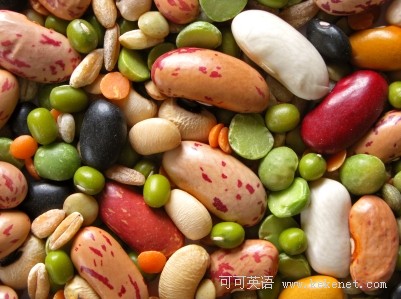
Legumes
Legumes including beans, peas, and lentils are also symbolic of money. Their small, seedlike appearance resembles coins that swell when cooked so they are consumed with financial rewards in mind. In Italy, it's customary to eat cotechino con lenticchie or sausages and green lentils, just after midnight—a particularly propitious meal because pork has it's own lucky associations. Germans also partner legumes and pork, usually lentil or split pea soup with sausage. In Brazil, the first meal of the New Year is usually lentil soup or lentils and rice, and in Japan, the osechi-ryori, a group of symbolic dishes eaten during the first three days of the new year, includes sweet black beans called kuro-mame.
In the Southern United States, it's traditional to eat black-eyed peas or cowpeas in a dish called hoppin' john. There are even those who believe in eating one pea for every day in the new year. This all traces back to the legend that during the Civil War, the town of Vicksburg, Virginia, ran out of food while under attack. The residents fortunately discovered black-eyed peas and the legume was thereafter considered lucky.
包括豆莢、豌豆和小扁豆在內的豆類也被視為是錢的象征。因為它們小小的豆粒看起來就像是硬幣,煮過以后漲起來、吃下去就像得到錢一樣。在意大利,人們用臘腸來配豆子吃;德國的傳統搭配是酸白菜加豬肉,通常還有扁豆湯;美國南方的傳統是一道叫“希望約翰”的菜,里面有黑豆。甚至有人相信,在新年里每天吃一粒豆子都會給來年帶來好運。


















